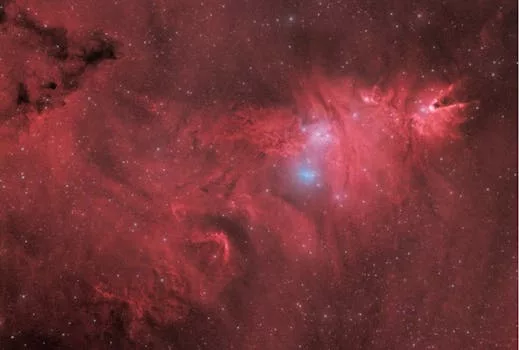
“
Beyond the Milky Way: Imagining New Worlds and Possibilities
Introduction to Space Exploration
Beyond the Milky Way: Imagining New Worlds and Possibilities is an intriguing topic that has captured the imagination of scientists, philosophers, and science fiction writers for centuries. The possibility of life beyond our galaxy has sparked intense debate and research, with scientists using advanced telescopes and space probes to explore the vast expanse of the universe.
The Milky Way, our home galaxy, is just one of billions of galaxies in the observable universe. Each galaxy contains billions of stars, and many of these stars are believed to have planets in their habitable zones, where conditions are suitable for life as we know it. The discovery of exoplanets, planets that orbit stars other than the Sun, has further fueled the search for life beyond Earth.
Exploring the Galaxy and Beyond
Space agencies and private companies are working together to explore the galaxy and beyond. NASA’s Voyager 1 spacecraft, launched in 1977, has entered interstellar space, the region of space outside our solar system. The European Space Agency’s Gaia spacecraft has created a highly accurate 3D map of the Milky Way, revealing new details about the galaxy’s structure and evolution.
Private companies such as SpaceX and Blue Origin are developing reusable rockets and spacecraft to reduce the cost of access to space. This has opened up new opportunities for space travel and exploration, including the potential for human missions to the Moon, Mars, and beyond. For more on the creative aspects of this journey, check out Charting New Realms.
The Search for Life Beyond Earth
The search for life beyond Earth is an active area of research, with scientists using a variety of methods to detect signs of life. These include studying the atmospheres of exoplanets for signs of gases that could be produced by living organisms, such as oxygen or methane.
Other methods include searching for radio signals or other evidence of technology that could indicate the presence of intelligent life. The SETI (Search for Extraterrestrial Intelligence) Institute is one organization that is actively searching for signs of intelligent life in the universe.
Imagining New Worlds and Possibilities
As we continue to explore the universe, we are forced to imagine new worlds and possibilities. The discovery of exoplanets has led to a new era of speculation about the possibility of life on other planets. Science fiction writers have long explored the idea of life on other planets, from classic authors such as H.G. Wells and Isaac Asimov to modern writers such as Kim Stanley Robinson and Becky Chambers. For insights into this imaginative journey, visit Soaring Through the Cosmos.
The idea of life on other planets raises fundamental questions about the nature of life and our place in the universe. If we do discover life on another planet, it will challenge our current understanding of biology, ecology, and the origins of life on Earth.
Takeaways
- The possibility of life beyond Earth is a fascinating topic that has captured the imagination of scientists, philosophers, and science fiction writers for centuries.
- Space agencies and private companies are working together to explore the galaxy and beyond, with new missions and technologies being developed to search for signs of life.
- The discovery of exoplanets has led to a new era of speculation about the possibility of life on other planets, with science fiction writers exploring the idea of life on other planets and the implications for our understanding of biology, ecology, and the origins of life on Earth.





